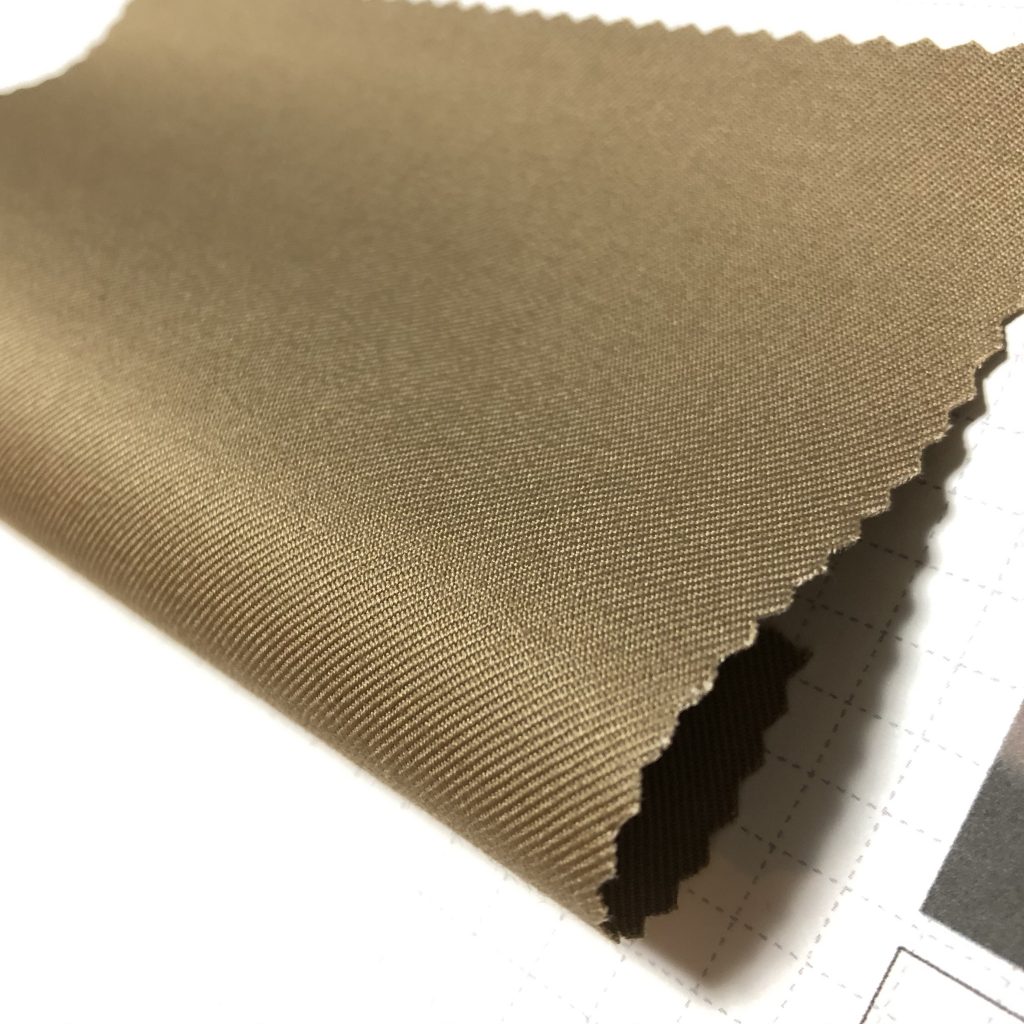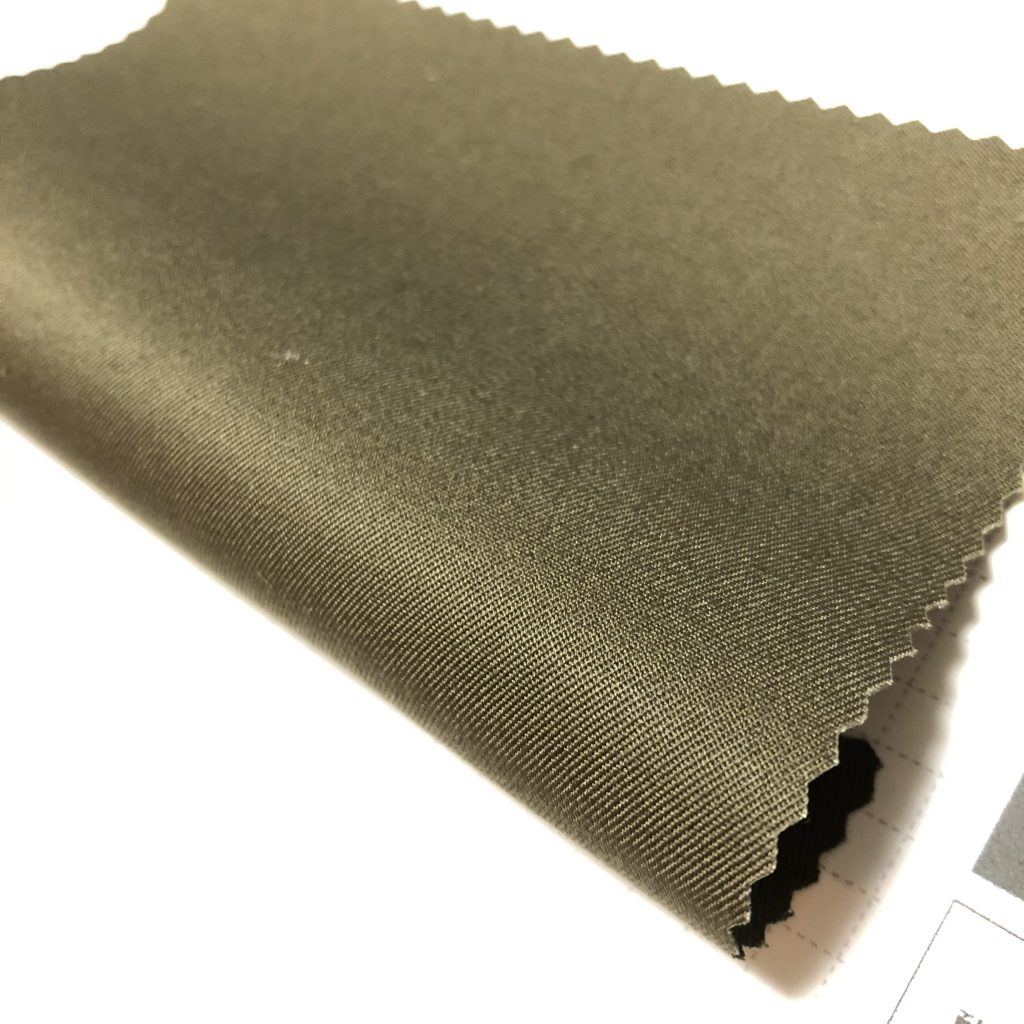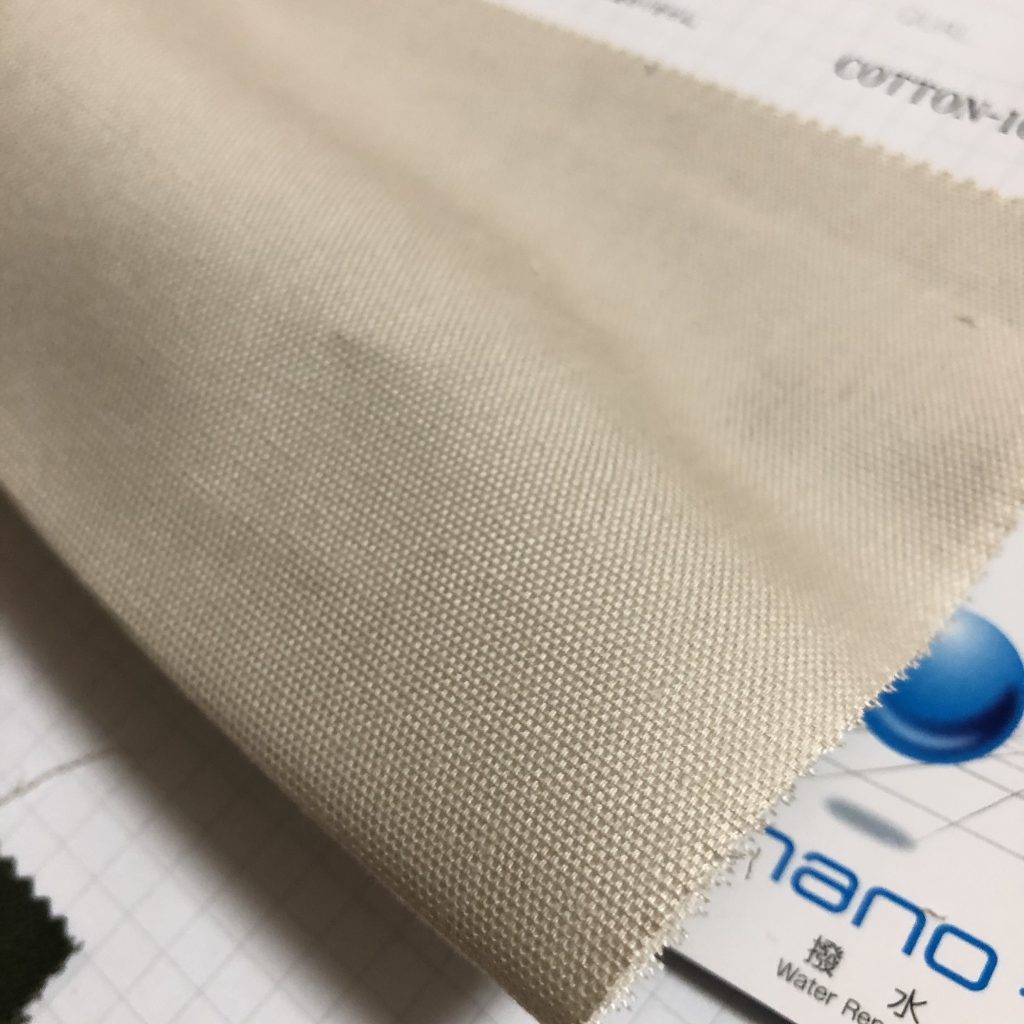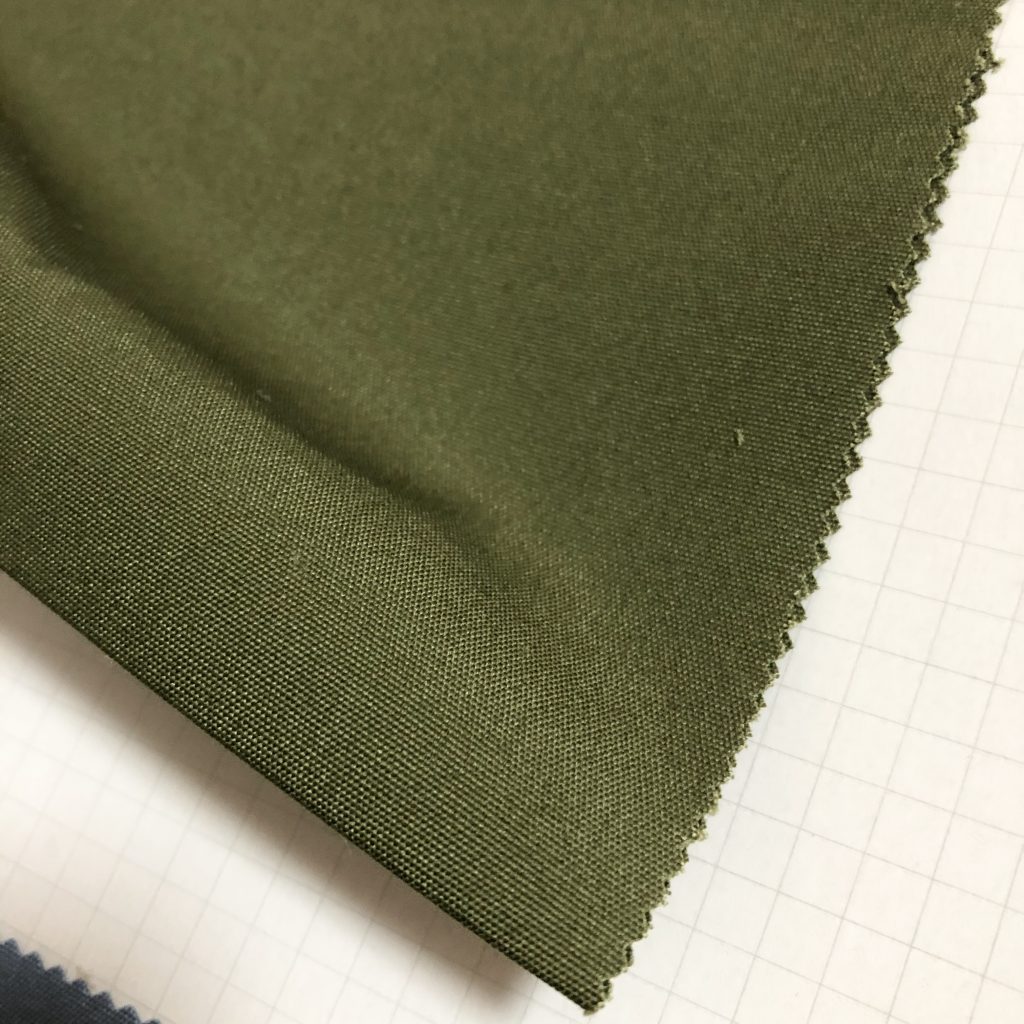Cotton water-repellent fabric: VENTILE & nano-Wing water repellent performance test!

When it comes to water-repellent fabrics, many people may think of nylon fabrics.
Nylon fabrics are highly water-repellent, but on the other hand, they have almost no moisture absorbency, which can be a little annoying.
Did you know that there is a water-repellent fabric made of cotton that solves such problems?
This time, we would like to introduce such water-repellent fabrics made of cotton!
VENTILE
Ventile is a super high-density fabric developed as water-resistant clothing for Royal Air Force pilots to protect their lives in the cold sea.
It is made of 100% cotton, but the high number of knots in the fabric causes the fibers to expand when immersed in water, making the fabric waterproof and water-repellent.
While it has a water-repellent effect, cotton allows water vapor from the inside to escape, and it is highly breathable and moisture permeable, making it a super-versatile fabric that prevents stuffiness!
The fabric is so densely woven that water molecules cannot pass through the spaces between the threads (fibers), which means that it is waterproof and impervious to water.
And not only water, but also wind cannot pass through the fibers, so clothes made of ventilated fabrics are warm and ideal for coats and jackets.
![OS2300 ベンタイル 40/2 ギャバ[生地] 柴屋](https://www.apparelx.jp/img/item/OKURA/1070093.jpg)

This twill weave has a subtle sheen. It has a firm thickness of 270g/m2.
![OS2301 ベンタイル 60/2 ギャバ[生地] 柴屋](https://www.apparelx.jp/img/item/OKURA/1070321.jpg)

Compared to 40/2 Gaber, the yarn is finer and the fabric is thinner.
The weight is 222g/m2, itt has a modest sheen.
![OS2302 ベンタイル 40/2 ウェザー[生地] 柴屋](https://www.apparelx.jp/img/item/OKURA/1070630.jpg)
![OS2303 ベンタイル 60/2 ウェザー[生地] 柴屋](https://www.apparelx.jp/img/item/OKURA/1070631.jpg)

Grain weight 218g/m2
This plain weave fabric is easy to use for a wide range of outerwear and pants.

It is 170g/m2 weight and plain weave, the lightest weight compared to the previous three product numbers. Recommended for shirts, etc.
Meaning behind numbers 60/2 and 40/2
60 and 40 mean yarn count.
The smaller the yarn count, the thicker the yarn, so yarn count 40 is thicker than 60.
/2 means twin yarn (twin threads).
Twin yarn is yarn made by twisting two single yarns* together. The twisting process makes the yarn homogeneous and strong.
*Single yarn: A single yarn as it is spun.
nano-Wing®︎
nano-Wing is a material that applies nanotechnology to improve materials by manipulating molecules in the nano (one billionth of a meter) range.
The explanation is as follows. To be honest, this explanation was not very clear to me, so I asked the manufacturer about it.
Instead of coating the surface of the fabric with a water-repellent coating, the water-repellent solution is allowed to permeate the fabric, leaving holes on the fabric that do not allow water molecules to pass through. Therefore, the fabric has water repellency and moisture absorption/permeability without blocking the gaps between the fibers.
Therefore, it is a versatile fabric that has water-repellent function but does not have uncomfortable fabric stuffiness compared to nylon and other fabrics!
![10607 20/16オックス nano-wing[生地] VANCET](https://www.apparelx.jp/img/item/OKURA/1066332.jpg)

Easy-to-use ox fabric recommended for shirts, etc.
(1) Excellent water and oil repellency and stain resistance
(2) Easy to remove stains that have soaked into the fabric by washing.
(3) Soft texture
(4) Water absorbency and moisture permeability are the same as those of conventional cotton
(5) Quick-drying
(6) Durable
![10611 TCウェザー nano-wing[生地] VANCET](https://www.apparelx.jp/img/item/OKURA/1001023.jpg)
This is a cotton/polyester blend TC weather.
The fabric is tightly packed and has a crisp and bouncy feel. Vivid colors are also available.

Water repellent test time!
They say “water repellent, water repellent,” but let’s see how well it repels water.
First, let’s take a look at Ventile fabric
As you can see in the video, water glides smoothly over the surface of the fabric and it doesn’t soak in.
The water was left for about 30 minutes and it did not soak in at all!

We tried spraying water with a mist, but only small droplets stuck to the surface and did not penetrate into the fabric. 30 minutes was left, but there was no sign of soaking, and a quick wipe of the surface restored it to its original state.
The nano-Wing, on the other hand, also repelled water beautifully with no seepage at all!
We sprayed water on it with a mist as I did with Ventile, and even the smallest droplets of water bounced off it beautifully.

It was also left for about 30 minutes without any stain. When water was wiped off the surface, it was a little damp, but it did not penetrate.
Difference between water repellent treatment and waterproof treatment
Water repellent treatment repels water on the surface of the fabric. It is suitable for clothing because it is breathable while repelling water.
On the other hand, a waterproof finish covers the surface of the fabric with a film to keep water out.
Since it does not allow air and water vapor to pass through, it is difficult to keep the fabric from becoming stuffy.
It is used for tents and umbrellas, but is not suitable for clothing.
Conclusion
Ventile is a high quality material because it is densely woven, requires a lot of raw materials, and takes a long time to produce. nano-Wing is a somewhat inexpensive material that makes full use of modern technology.
We hope you will choose the one that best suits your needs.
For more Ventile fabric, please check out ApparelX Ventile fabric list. For more nano Wing fabric, please check out ApparelX nano Wing fabric list.



